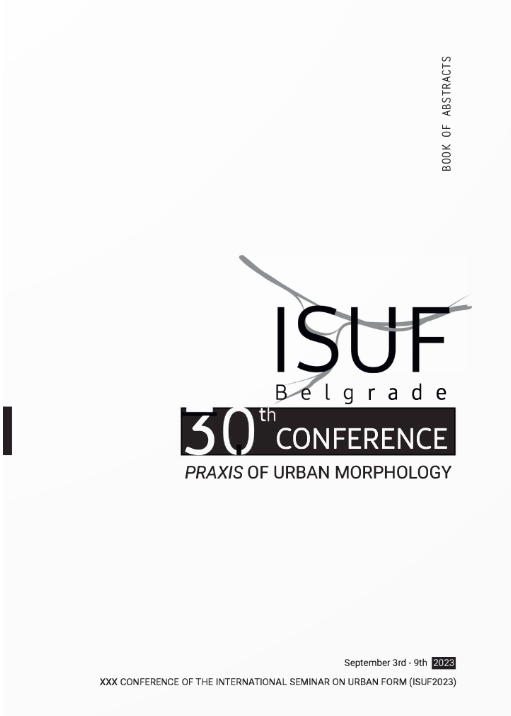The growing need in the EU for tapping into renewable energy sources is both due to environmental reasons and to shifting geopolitics. Concern is equally growing over the impact of such installations on urban cultural heritage. Restricting them indiscriminately is not an option, if viability must be ensured for smaller towns which are already economically and demographically challenged. The increasingly popular Energy Communities are rising as a workaround, as they allow users to pool resources, share optimal locations and coordinate mitigation measures. Territorial and Social Innovation for the Energy
In the realm of renewable energy planning, morphological analysis is mostly used to appraise potential output. Our research combines these methods with those of heritage value assessment following ICOMOS recommendations, and GIS-based visibility analysis. We draw on Space Syntax for an instrumental umbrella able to more effectively characterise heritage-laden districts, and frame them within the larger urban structure. The project still being in the early stages, this presentation will put forward a prototype tool that is easily accessible to technicians and decision-makers, and a preliminary case study establishing proof of concept, in order to elicit debate on the role that urban morphology can play, and its limitations.
This website uses cookies so that we can provide you with the best user experience possible. Cookie information is stored in your browser and performs functions such as recognising you when you return to our website and helping our team to understand which sections of the website you find most interesting and useful.


